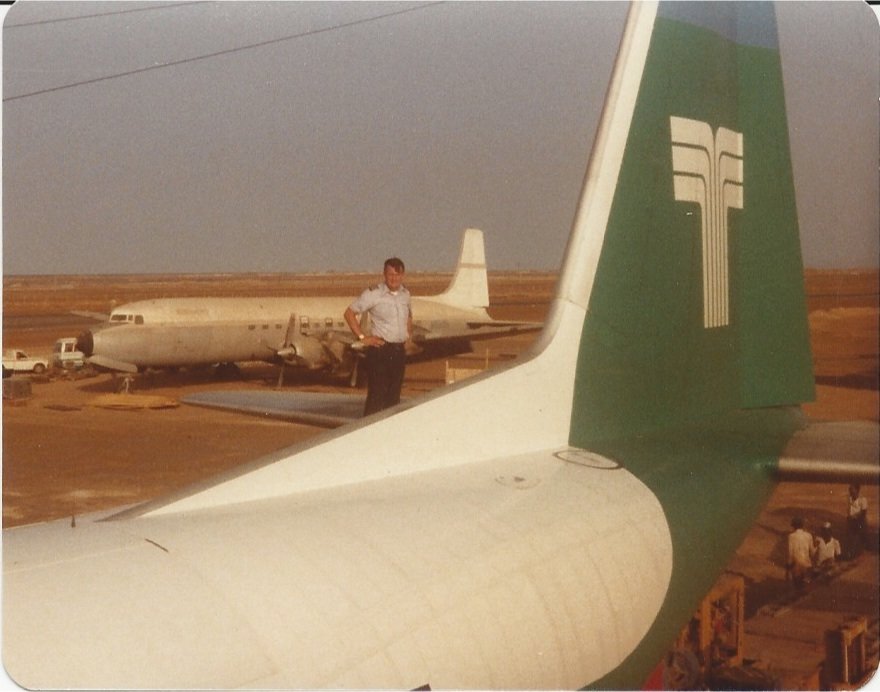
GV-1
-
Posts
3 -
Joined
-
Last visited
Content Type
Profiles
Forums
Store
Gallery
Downloads
Calendar
C-130 Hercules News
Posts posted by GV-1
-
-
We never called it "Rudder" fin stall, just Fin stall. (15-20 degrees of yaw)
The Evansville crash was the result of fin stall from what I remember. Practice engine out ball out, AC said step on the ball and the wrong rudder input was made.
Loss of directional control, the wing is no longer in the relitive wind and stalls.
Asymmetrical thrust, usually 1 or 4 out, and low airspeed are the problems. Never but never get below 140kts with an engine out. I briefed 160kts. I've had two engines out on 1 side (1 and 2 both times) and below 160 it was a handful. The insidious problem was not the fin stall in itself but the accompanied rudder reversal. In a an engine out demo the way out is to immediately bring up the power on the retarded engine. We had one at Cherry point that was at low altitude(in the pattern) that was so violent it tore a refueling pod off the wing. What saved the AC was the immediate application of power on the retarded engine.
-
Well, it's not really much of a story, but "there we were."
Back in 1985, when I was flying out of Khartoum to the Darfur region with St. Lucia Airways, my captain was an ex-Transamerica capitan named Fred Kreppein, aka Non-sked Fred. He spent 4 years in the USAF as an instrument specialist and got out as a 2-striper. That was back in the early 1960's. After getting all his flying certificates, he started flying as a Connie FO up on the North Slope of Alaska. He also flew Khadaffi's C-130's, Bird Air's C-130's & some other "interesting" stuff for Southern.
Anyway, to make a very long story a little shorter, he used to love wearing his A2C rank insignia pin, especially when he had some retired colonel pulling the gear for him. In Africa, he used to jump all over them whenever an African controller would ask us what type of airplane we were. If the colonel said we were a C-130, he would go ape-s**t & jump on the radio & say we were an L-382 since, as a C-130, the controllers would assume we were military.
Don R.
I flew for Transamerica from 1977-1986. I flew the Herc from 1977-1982 before going on the DC-8. I knew Fred. Back in early 1982 I flew out of Khartoum/Port Sudan down to Malakal and El Muglad hauling oil drilling rigs for Chevron. I was there a month ensconced in the Khartoum Hilton. I knew Fred well. He was a legend in his own mind. Those were fun times. No FAA, flying world wide into some of the most un godly places. Short dirt strips, no weather available, no approaches and no communications. Spent time in Angola flying supplies to the diamond mines during the civil war.

Rudder Fin Stall
in C-130 General
Posted
No one is talking about "rudder reversal" which accompanies fin stall. That's the insidious part of the accidents involving engine out/slow speed/go around with high rudder inputs.